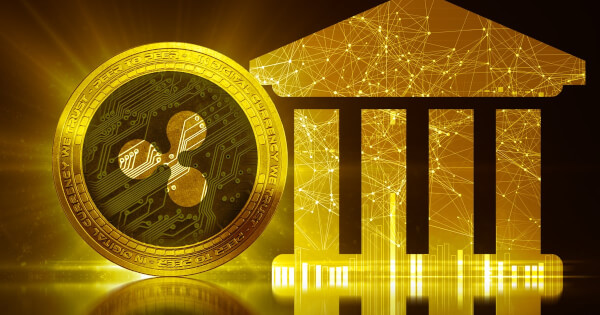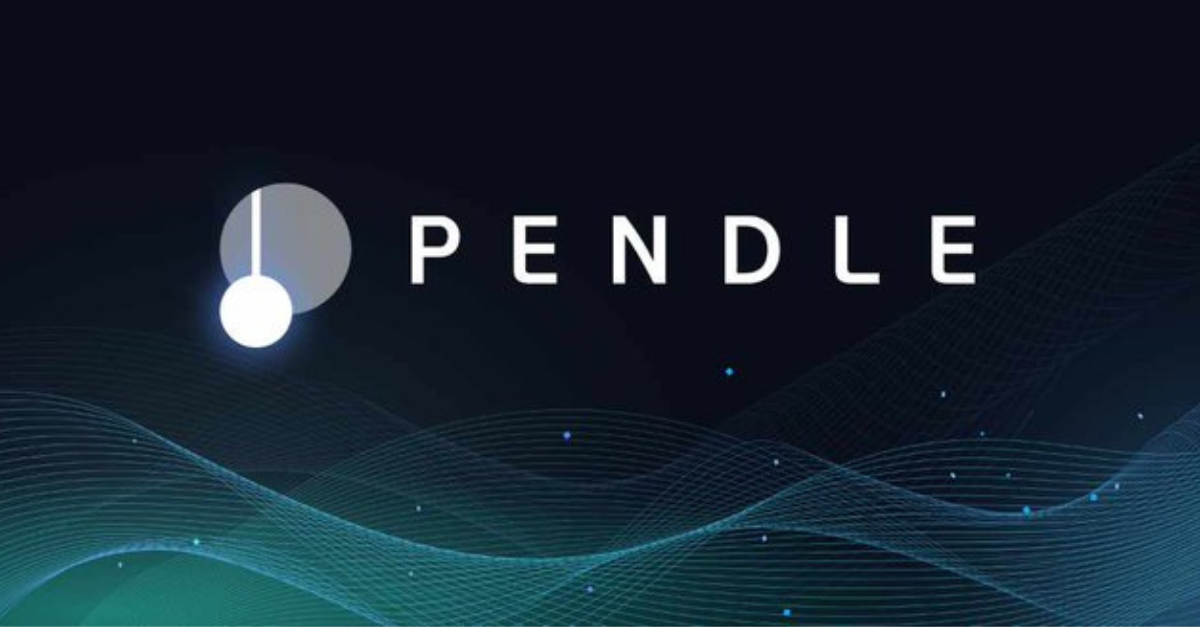Ripple is making significant strides in revolutionizing cross-border payments by leveraging the power of blockchain technology and its native digital asset, XRP. According to Ripple Blog, trillions of dollars are sent across borders annually, but traditional mechanisms remain slow, expensive, and prone to errors. Ripple aims to address these inefficiencies by creating a seamless, cost-effective, and reliable payment solution.
How Ripple Payments Work
Traditional cross-border payment systems rely heavily on a shrinking network of correspondent banks, resulting in slow settlement times, lack of transparency, and pre-funding requirements that tie up crucial working capital. These issues become even more pronounced for transactions involving underdeveloped regions and smaller remittance payments, which can incur fees ranging from 10% to 20% of the principal.
Ripple Payments streamlines the process by reducing the number of intermediaries, thereby cutting down costs and eliminating unnecessary friction. XRP serves as a bridge currency, enabling faster and more efficient transactions. The underlying blockchain technology ensures real-time updates and up-front pricing, making the process transparent and reliable.
Customer Experience and Efficiency
Ripple Payments can bridge two currencies in just three seconds with a fixed FX rate, significantly reducing transaction times compared to traditional systems, which can take 3–5 days. According to Ripple.com, 58% of global payments leaders consider faster payments the top value proposition for incorporating crypto into cross-border transactions. Furthermore, Ripple’s network covers over 90% of the global FX market, providing extensive reach and accessibility.
Unlike traditional banking systems, Ripple Payments operates round-the-clock, including weekends and holidays, ensuring continuous service. This feature is particularly beneficial for businesses and individuals in need of timely transactions without being constrained by banking hours.
Regulatory Compliance and Security
Ripple has prioritized compliance from the outset, ensuring its payment solutions meet global standards such as ISO 20022, ISO 27001, and SOC 2 Type II. This compliance-first approach enhances transparency and security, enabling users to meet various regulatory obligations, including sanctions screening and recordkeeping.
The XRP Ledger, the blockchain platform underlying Ripple Payments, is designed for business applications. Its immutable nature ensures that once transactions are recorded, they cannot be altered or deleted, thus safeguarding data integrity and security.
Global Financial Landscape and Future Prospects
The financial landscape is rapidly evolving, with blockchain technology playing an increasingly pivotal role. According to Ripple.com, 90% of global finance leaders believe that blockchain will have a significant or massive impact on business, finance, and society within the next three years. Financial institutions are actively building crypto-native or digital asset teams to stay ahead of this innovation curve.
Ripple is at the forefront of this transformation, bridging the gap between traditional finance and digital assets. Its adherence to global standards like ISO 20022 reflects its commitment to global interoperability and its ability to facilitate seamless cross-border transactions.
The Future of Finance
Ripple Payments is set to revolutionize cross-border transactions, enabling value to move globally as efficiently as information does today. Despite persistent misconceptions about blockchain and digital assets, Ripple offers a fast, reliable, and affordable solution, paving the way for a more inclusive and efficient global financial ecosystem.
Image source: Shutterstock
. . .
Tags
Credit: Source link














































